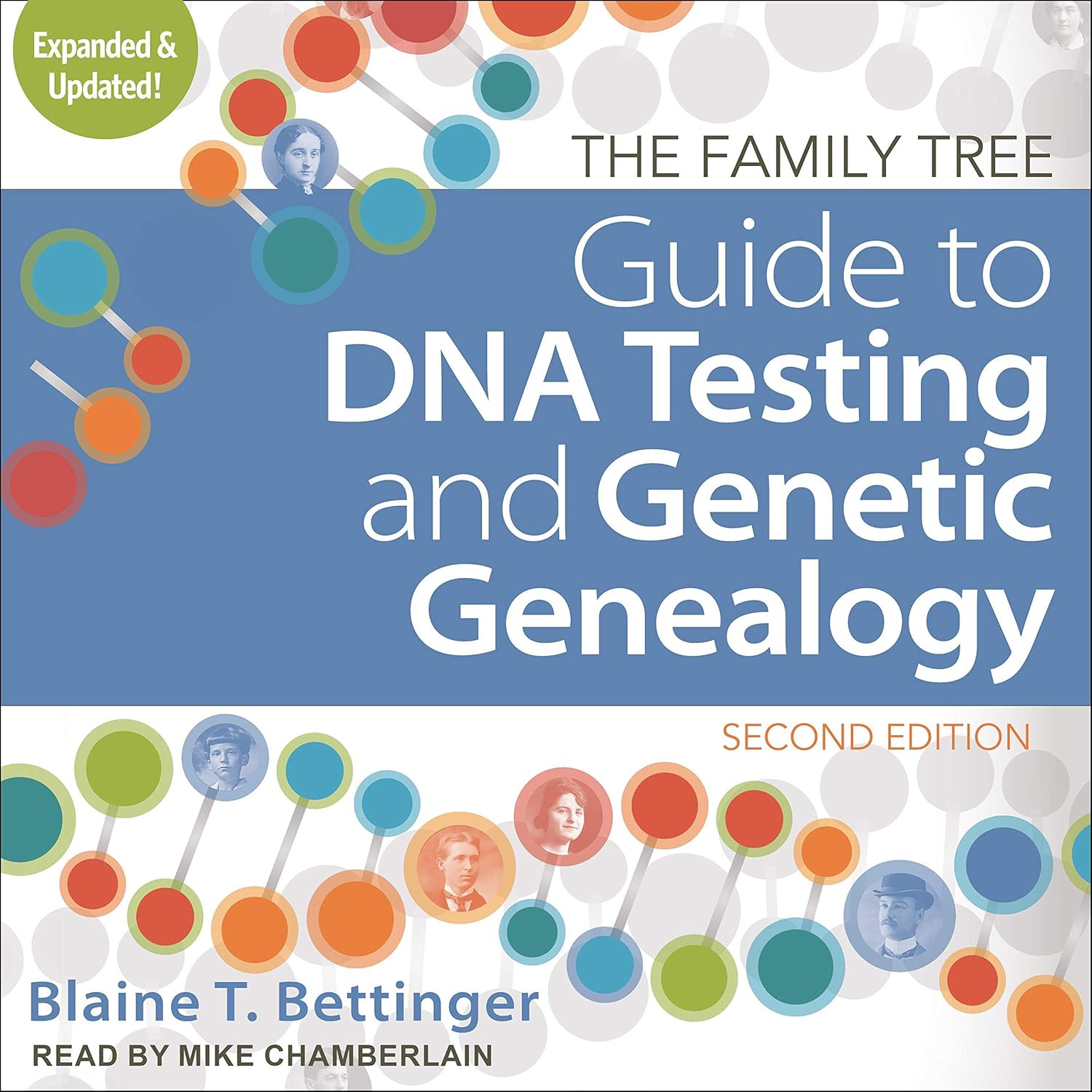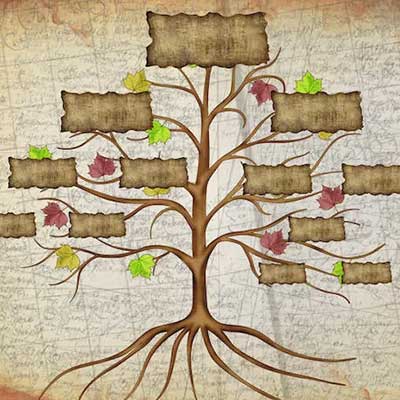- Home
- Genealogy Research Tools
- Census Records 1870
Census Records 1870
Discover the valuable insights that can be obtained from the Census Records 1870. These records provide a fascinating snapshot of the American population during a pivotal time in history. By analyzing the data collected, you can uncover a wealth of information about your ancestors, their livelihoods, and the communities they belonged to. The Census Records of 1870 offer a unique opportunity to connect the dots of your family history and gain a deeper understanding of their society. So, get ready to embark on a journey through time and uncover the forgotten stories of your relatives.
Census Records 1870
Importance of Census Records
Availability and Accessibility
Census records from 1870 hold immense importance for various reasons. They provide valuable insights into the past by documenting the lives of individuals and families at a specific point in history. These records offer a comprehensive snapshot of society, allowing researchers to analyze demographic, social, and economic trends. Census data is also vital for genealogical research, as it helps individuals trace and understand their family histories. Additionally, these records have played a significant role in shaping policy, governance, and decision-making processes.
Purpose of Census Records
The primary purpose of census records in 1870 was to collect statistical information about the population of the United States. The federal government conducted the decennial census to gather data on various aspects of society, including population growth, ethnicity, occupation, and housing conditions. This information was crucial for understanding and addressing the changing needs of a rapidly developing nation. Census records allowed policymakers to allocate resources effectively, determine representation in Congress, and monitor social and economic trends.
Availability and Accessibility
Census records from 1870 are widely available to the public, thanks to initiatives by organizations such as the National Archives and Records Administration (NARA). These records have been preserved and digitized, making them easily accessible to researchers and genealogists. In addition to NARA, numerous online databases specialize in providing access to census records. Local and state resources, libraries, and historical societies also house these records to facilitate research. Professional genealogists can assist individuals in navigating the complexities of the census data and uncovering valuable information.
Understanding Census Records 1870
Definition of Census Records
In the context of 1870, census records refer to the official documents compiled by the U.S. Census Bureau during the decennial census. These records contain information about residents, households, and communities nationwide. Each household member was enumerated, and their details were recorded, including names, ages, birthplaces, relationships, occupations, and more. Census records serve as a demographic snapshot, allowing researchers to understand the characteristics and composition of society during that specific time.
Process of Data Collection
Challenges and Limitations
During the census in 1870, data collection involved sending census takers, or enumerators, door-to-door to gather information directly from households. Enumerators would record the details of each individual, relying heavily on verbal responses from the residents. The collected data would then be compiled and organized into census records. This process required meticulous attention to detail and accuracy to ensure the reliability of the information gathered.
Types of Information Recorded
Census records from 1870 provide a wide range of information about individuals and households. The records typically include the names of all individuals residing in a household and their relationship to the head of the family, along with their ages, genders, birthplaces, and occupations. Additionally, census records often document other significant details such as marital status, race, citizenship status, education levels, and even specific physical or mental disabilities. These records offer invaluable insights into the lives and circumstances of individuals during this particular period.
Challenges and Limitations
While census records are invaluable for research, it is essential to recognize their limitations and potential challenges. One significant challenge is the potential for errors in data transcription or recording. Census takers may have misunderstood or inaccurately recorded information, resulting in inaccurate census records. Additionally, individuals may have purposefully provided false information for various reasons. Furthermore, interpreting handwriting in vintage documents can be challenging, leading to potential misinterpretation of specific details. Researchers must approach census records critically and cross-reference information with other sources whenever possible.
Significance of Census Records 1870

Genealogical Research
Census records from 1870 are a goldmine for genealogical research. These records offer valuable information for tracing family histories, identifying ancestors, and understanding familial relationships. Individuals can better understand their roots and heritage by examining the demographic details preserved in the census records. Researchers can uncover essential milestones, such as marriage dates, children's names, occupations, and migration patterns, which can help paint a vivid picture of their family's past.
Demographic Studies
Census records provide a treasure trove of data for demographic studies. Sociologists, anthropologists, and researchers of various disciplines can utilize these records to analyze population patterns, migration trends, and social transformations over time. By studying the age, gender, and ethnicity of individuals, researchers can gain insights into various demographic phenomena, such as shifts in population density, ethnic enclaves, and changes in family structure. Census records allow for a comprehensive understanding of societal dynamics and the impact of historical events on different populations.
Historical Analysis
Census records are essential for historical analysis, particularly in understanding a specific period's social and economic context. Researchers can examine occupation data to analyze employment trends, income levels, and social mobility. By studying the distribution of wealth, homeownership rates, and educational attainment, historians can gain insights into the socioeconomic conditions prevailing during the late 19th century. Census records enable a nuanced understanding of the societal fabric and shed light on the conditions faced by different social groups.
Socioeconomic Studies
For economists and researchers interested in studying socioeconomic conditions, census records 1870 serve as a valuable resource. These records provide extensive information on various economic variables, enabling researchers to analyze income disparities, occupational distributions, and regional economic disparities. The data captured in census records allows for research on topics such as industrialization, urbanization, and economic development, offering valuable insights into the socioeconomic progress of the United States during this period.
Researching Census Records 1870
National Archives and Records Administration (NARA)
The National Archives and Records Administration (NARA) is a primary resource for accessing census records from 1870. NARA preserves and safeguards historical documents, including census records, and provides access to researchers. Their website offers guidance on navigating census records, as well as details on how to request specific records for research purposes. Physical visits to NARA facilities can allow researchers to examine original census records in person.
Online Databases
Numerous online databases specialize in providing access to census records from 1870. Websites such as Ancestry.com, FamilySearch.org, and MyHeritage.com offer comprehensive collections of digitized census records. These platforms often allow researchers to search for specific individuals or browse census records by location. Online databases provide convenient access to census records, eliminating the need for physical visits to archival facilities and enabling researchers to access documents from their homes.
Local and State Resources
In addition to national resources, local and state resources can also be valuable in researching census records from 1870. Local historical societies, libraries, and archives often maintain collections of census records specific to their region. These institutions may provide access to original documents or have digital copies for researchers to explore. Local genealogical societies may also offer guidance and support to individuals researching census records.
Libraries and Historical Societies
Libraries and historical societies serve as excellent sources of information for researching census records. Many libraries hold census records from 1870 in their collections, either in physical or digital form. Librarians and archivists can guide researchers in locating relevant documents and provide access to additional resources that may aid in research. Their expertise can prove invaluable in navigating the complexities of census records and ensuring accurate and thorough research.
Professional Genealogists
Professional genealogists can provide invaluable guidance for those seeking expert assistance in researching census records from 1870. These genealogists specialize in conducting thorough research, analyzing census records, and uncovering hidden information. They are well-versed in the intricacies of census data and can assist individuals in tracing their family histories, identifying connections, and interpreting the information recorded in the census records. Hiring a professional genealogist can save time and ensure comprehensive and accurate research.
Interpreting Census Records 1870
Understanding Enumeration
To make the most of census records from 1870, it is crucial to understand the enumeration process. Census takers visited households and documented information about each individual residing there. However, enumeration practices may have varied, leading to inconsistencies in the order of households or the recording of data. Researchers should be aware of these variations and carefully analyze the information, considering that adjacent households may not always match family relationships accurately.
Deciphering Handwriting
Handwriting in census records can present challenges, mainly when dealing with vintage documents from 1870. Individuals with older writing styles or less legible handwriting can make it challenging to interpret specific details accurately. Researchers should familiarize themselves with common letter formations and develop strategies for deciphering challenging handwriting. Consulting resources and seeking assistance from other researchers can help overcome this obstacle.
Identifying Errors or Omissions
Census records are not immune to errors, and it is essential to approach them with a critical eye. Census takers may have made mistakes during data collection or transcription, resulting in inaccuracies. Researchers should be vigilant in identifying potential errors or omissions, such as misspelled names, incorrect ages, or missing information. Cross-referencing census records with other sources, such as vital or immigration records, can help verify information and validate its accuracy.
Utilizing Auxiliary Sources
Researchers can utilize auxiliary sources to enhance the understanding and interpretation of census records. Maps, city directories, and other historical documents can provide additional context for the information recorded in the census. These sources can assist in identifying relationships between individuals and their occupations and shed light on the social and economic conditions of a particular area during that time. By combining census data with supplementary sources, researchers can deepen their understanding and paint a more comprehensive picture of the past.
Common Challenges in Census Records 1870
Misspelled or Inconsistent Names
One common challenge in census records from 1870 is the misspelling or inconsistency of names. Census takers relied on oral responses from residents, and names may have been recorded phonetically or misunderstood due to various accents or dialects. Researchers should be prepared to encounter variations in name spellings and employ alternative search strategies when looking for specific individuals.
Variations in Birthplaces or Nationalities
Birthplace information in census records can present difficulties due to variations in spellings or geographic references. Individuals may have provided general regions rather than specific cities or countries, making it challenging to pinpoint their exact origins. Researchers should consider alternative spellings and cross-reference information with other sources to identify birthplaces or nationalities accurately.
Age Discrepancies
Age discrepancies are not uncommon in census records from 1870. Enumerators relied on responses from residents to determine ages, and individuals may have provided inaccurate or estimated information. Factors such as memory lapses, intentional misreporting, or age differences within a single household can contribute to inconsistencies in recorded ages. Researchers should carefully analyze additional information, such as birth dates from other sources, to resolve age discrepancies.
Household Composition
Understanding household composition in census records can sometimes be challenging. Families may have included relatives, boarders, or domestic servants who were not biologically related. Enumerators may have also missed or incorrectly recorded specific individuals, leading to incomplete or inaccurate household compositions. Researchers should consider the relationships between individuals and cross-reference with other sources to improve accuracy in determining household composition.
Data Entry Errors
Data entry errors during the transcription of census records can occur, particularly during the digitization process. While efforts are made to ensure accuracy, occasional mistakes may happen. Researchers should be cautious when researching digitized census records and cross-check information with the original document when available. Reporting errors to the appropriate archival institutions allows for the correction and preservation of accurate historical information.
Famous Census Records 1870
Prominent Figures of the Time
Census records from 1870 provide intriguing glimpses into the lives of prominent figures. These records capture notable individuals who shaped society, from politicians and literary figures to pioneers and entrepreneurs. Famous personalities such as Susan B. Anthony, Mark Twain, and Frederick Douglass can be found in the census records, offering valuable insights into their lives and social standing during this period.
Historical Events Documented
Census records from 1870 document critical historical events and societal changes. The aftermath of the American Civil War, the westward expansion, and the country's growing industrialization are all reflected in these records. Researchers can trace the movement of individuals and families as they sought new opportunities in emerging urban centers or resettled in the wake of the war. Census records provide a window into the impact of these events on population distribution and demographics.
Noteworthy Statistics
Census records from 1870 also offer noteworthy statistics that reveal exciting trends. Some examples include the rapid growth of cities, the increase in urbanization, and the changing racial composition of communities. Researchers can analyze these statistics to understand the magnitude of social and economic transformations happening across the country. By examining occupation data, researchers can also identify emerging industries and professions, shedding light on the changing workforce during this period.
Census Records 1870: Preserving and Digitizing Efforts
NARA Preservation Initiatives
The National Archives and Records Administration (NARA) has taken significant steps in preserving and digitizing census records from 1870. NARA ensures that these historical documents are stored in climate-controlled facilities to prevent deterioration. Additionally, preservation specialists employ best practices in document handling and storage to ensure the long-term preservation of these invaluable records. Through these initiatives, NARA safeguards census records for future generations.
Partnerships with Genealogical Organizations
To promote accessibility and expand the reach of census records, NARA partners with various genealogical organizations. These partnerships enable the digitization of census records and increase the availability of online databases. Collaborating with genealogical organizations allows for pooling resources, expertise, and technology, making census records more widely accessible to researchers and genealogists worldwide.
Crowdsourcing Projects
Crowdsourcing projects have played a significant role in preserving and digitizing census records since 1870. Organizations like FamilySearch engage the public in indexing and transcribing the records, accelerating the process of making them accessible. Volunteers analyze digital images of census records and enter the data into searchable databases. Crowdsourcing projects harness the collective power of individuals worldwide, resulting in highly accurate and comprehensive digitized census records.
Collaborative Indexing
Collaborative indexing initiatives bring together researchers, genealogists, and volunteers to index census records systematically. By dividing the workload and assigning specific tasks, these projects enable faster and more efficient indexing of the vast amount of information within the records. Collaborative indexing efforts ensure that census records are accurately transcribed and organized, facilitating easier access and searchability.
Advancements in Digital Technology
Advancements in digital technology have transformed the preservation and accessibility of census records from 1870. High-resolution digitization techniques capture detailed images of the original records, preserving their quality and enhancing legibility. Moreover, advancements in data storage and cloud computing have made it possible to host vast collections of census records online and provide instant access to researchers worldwide. These technological advancements have revolutionized the way census records are preserved, accessed, and utilized.















